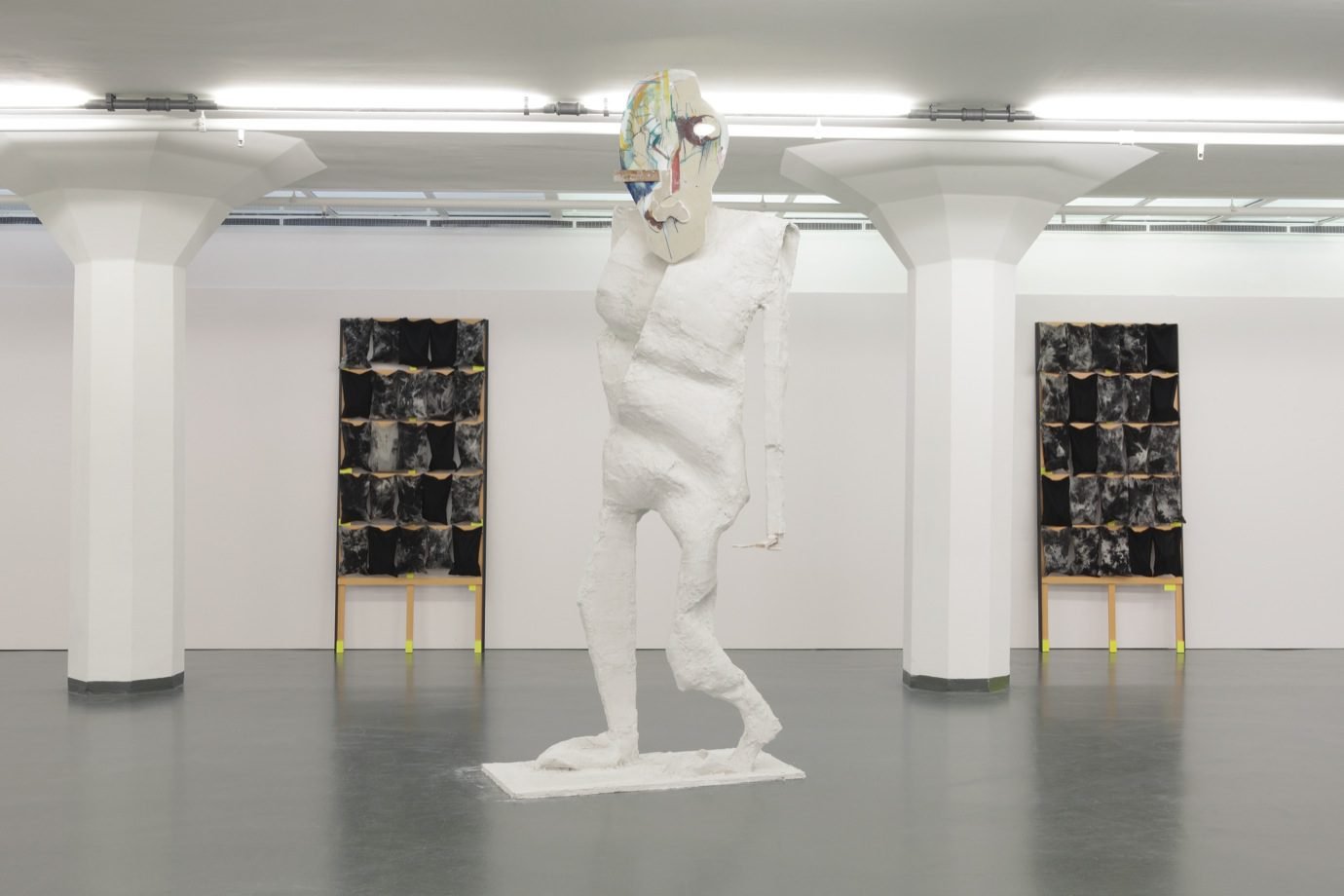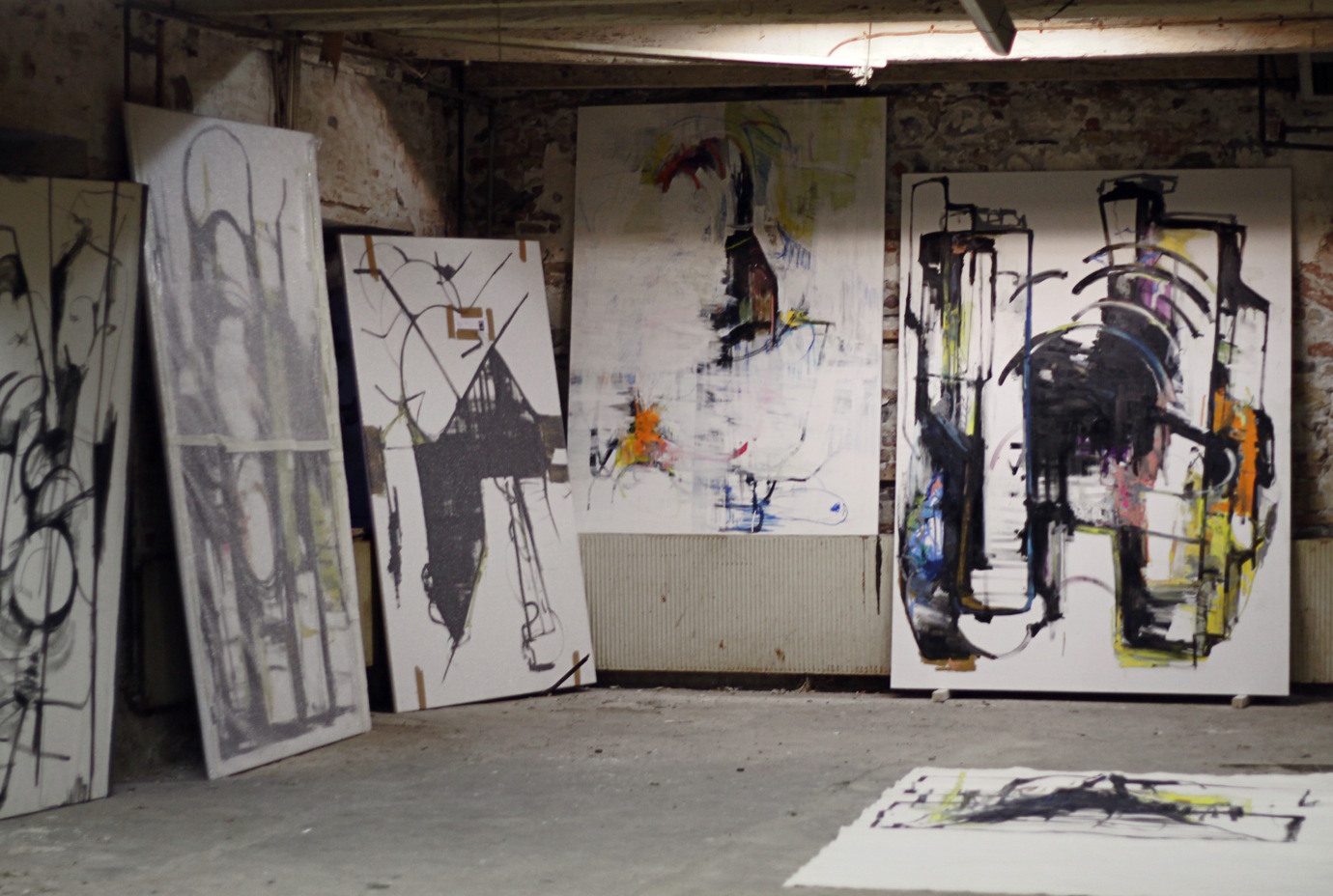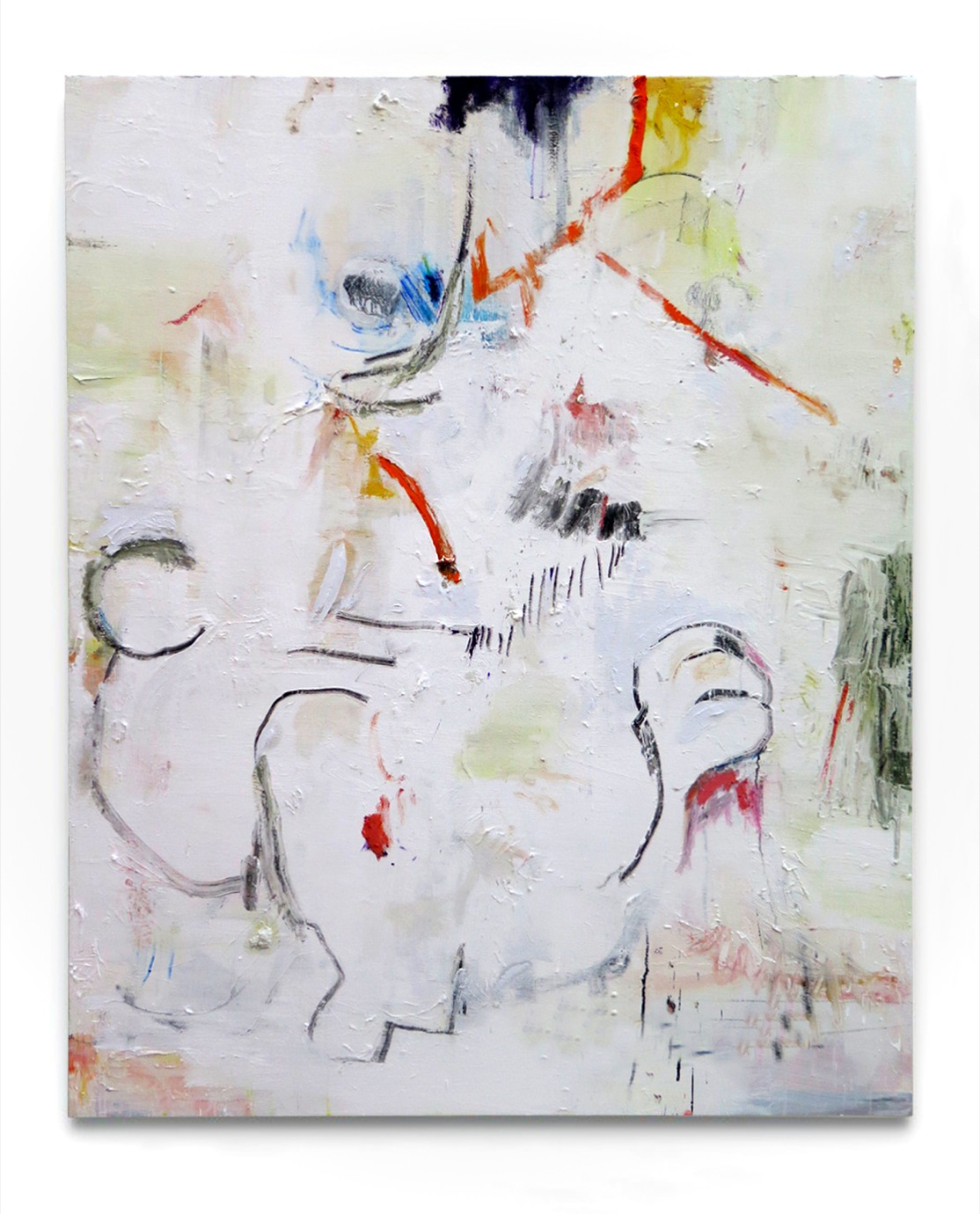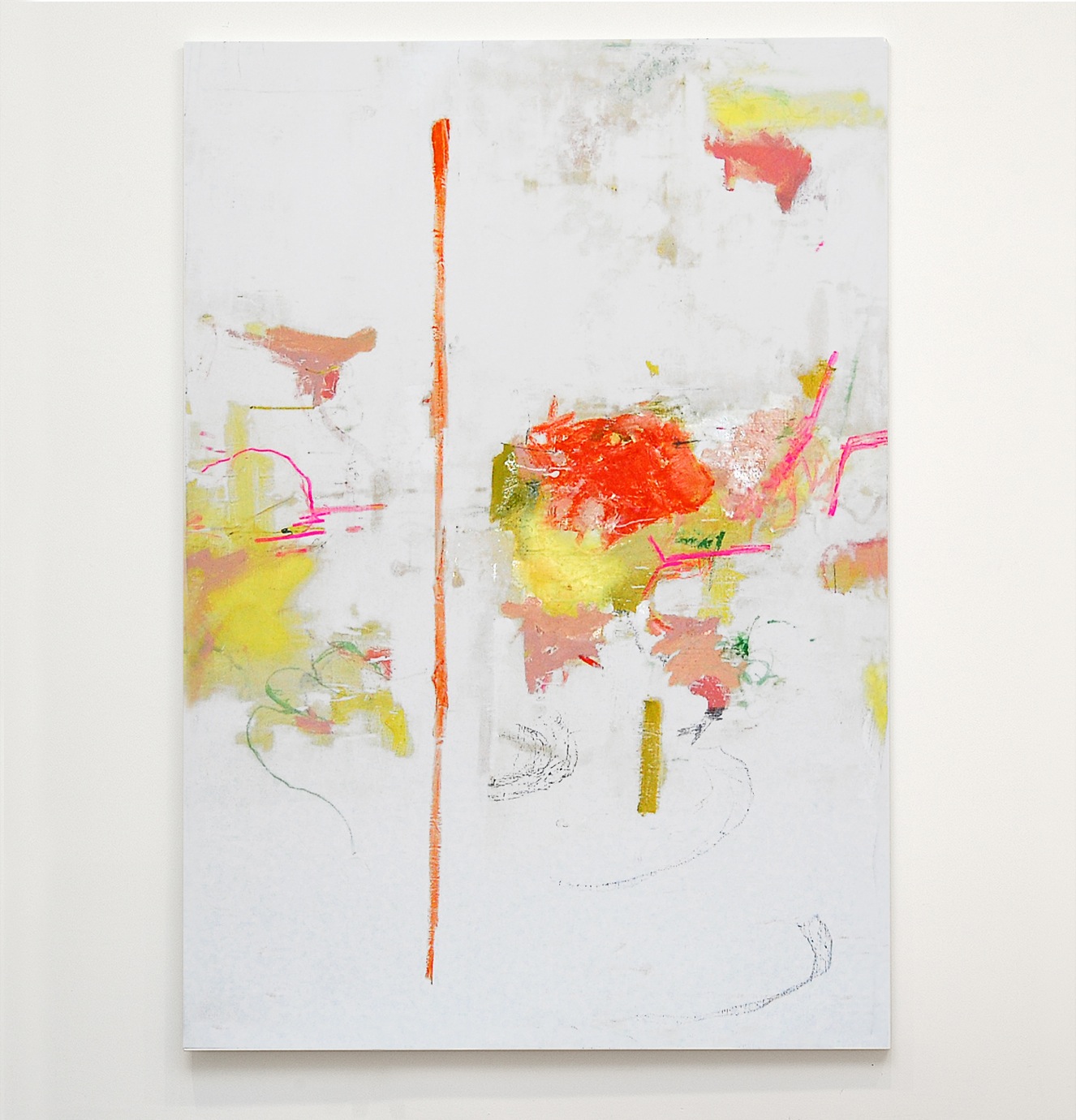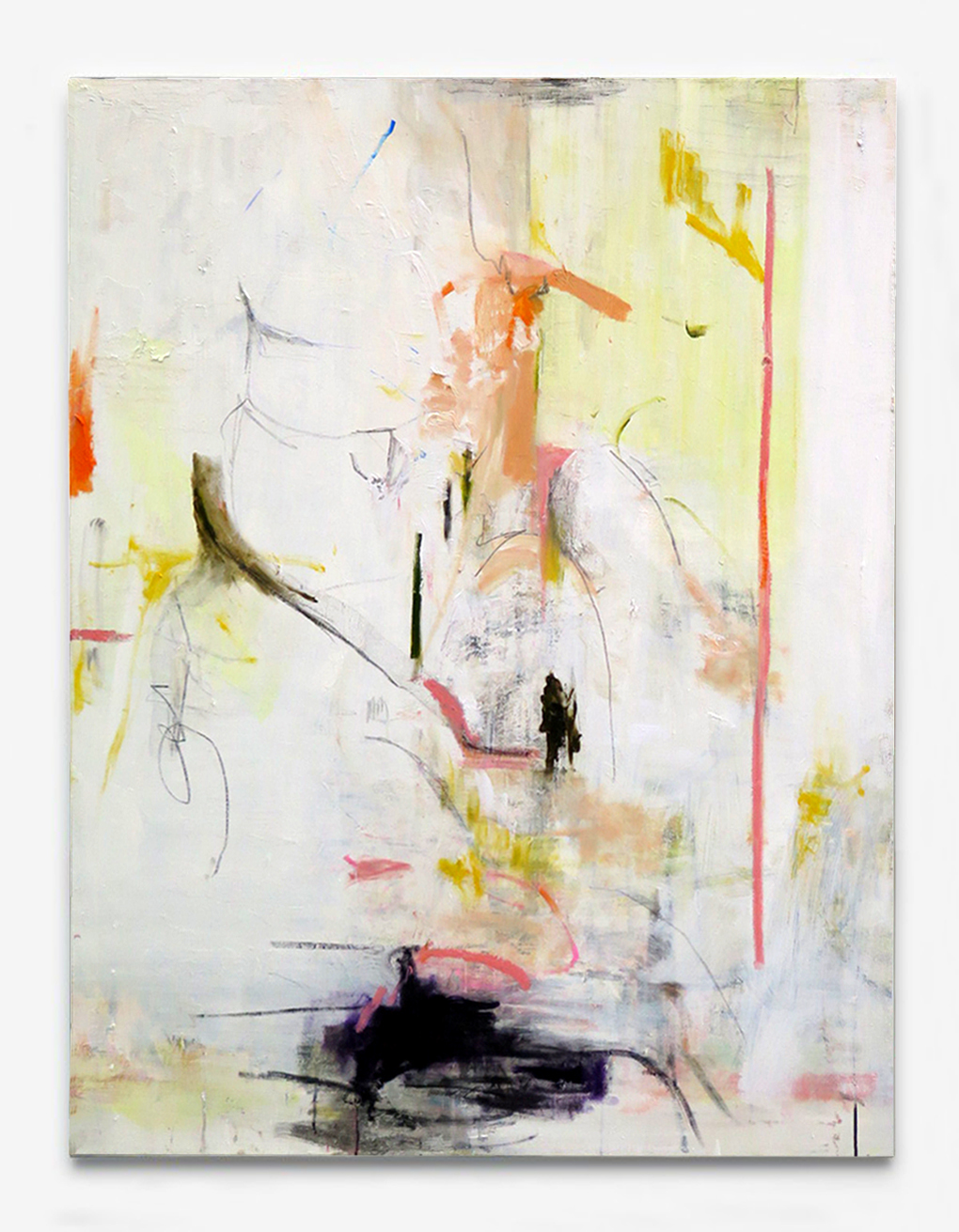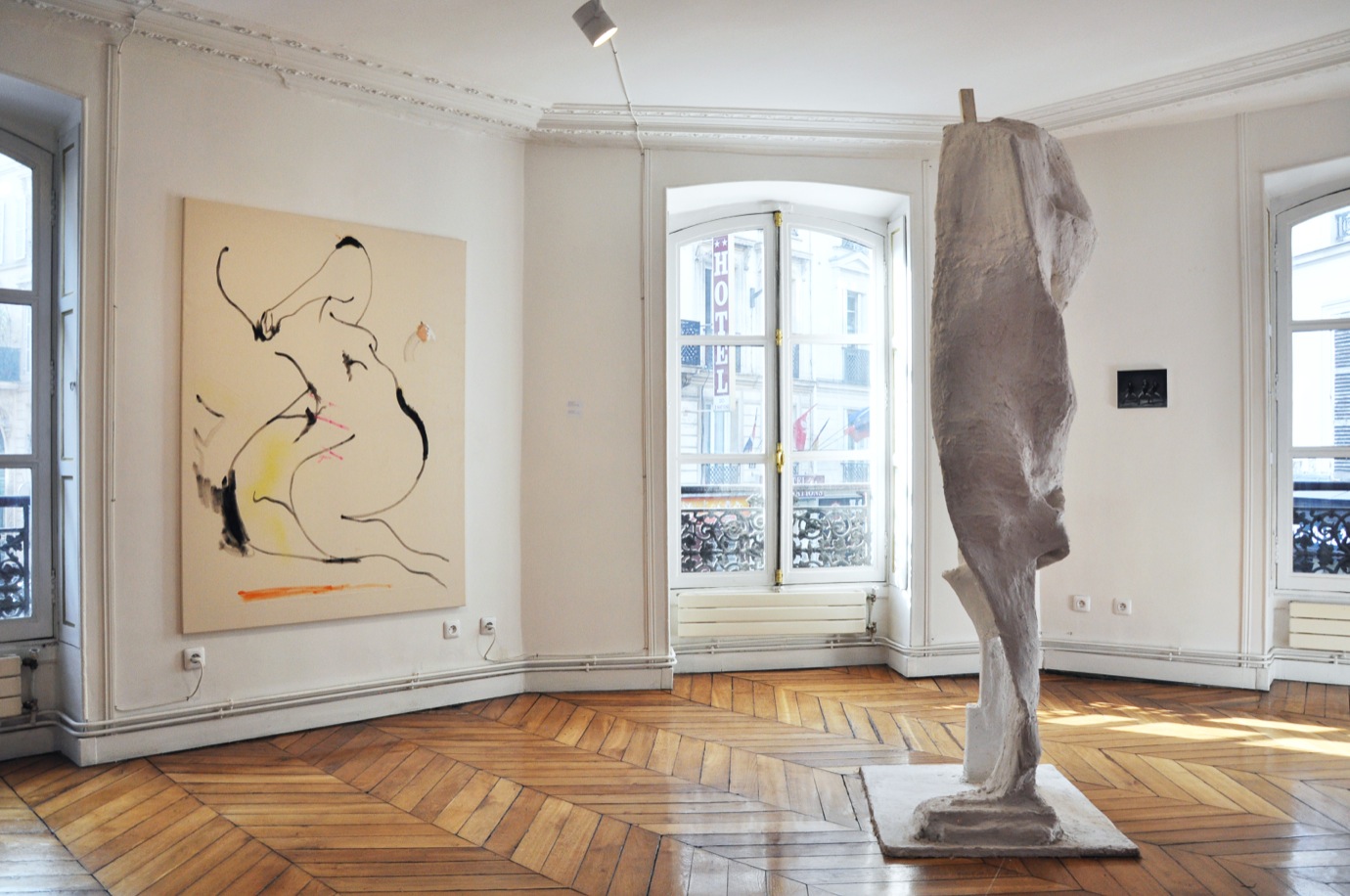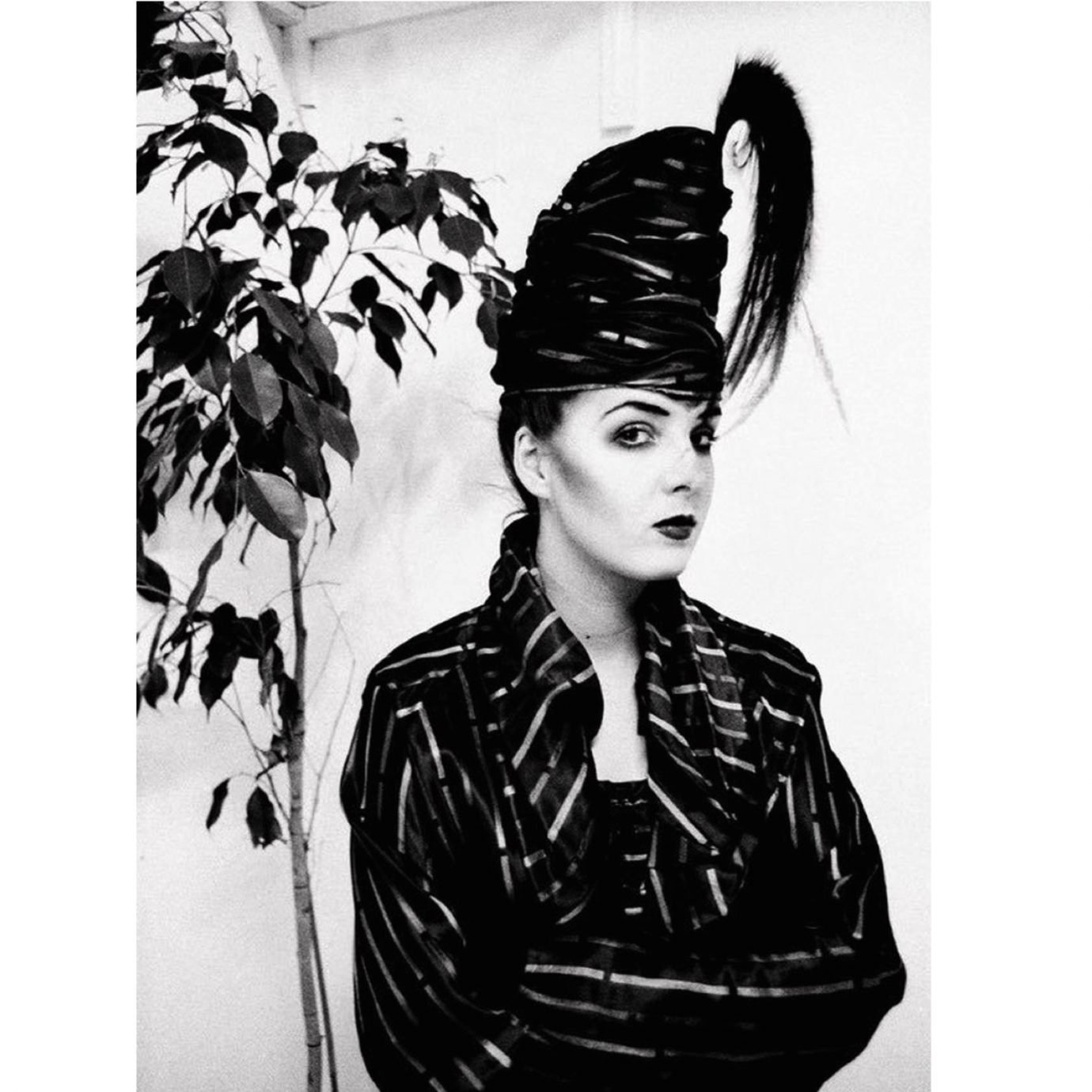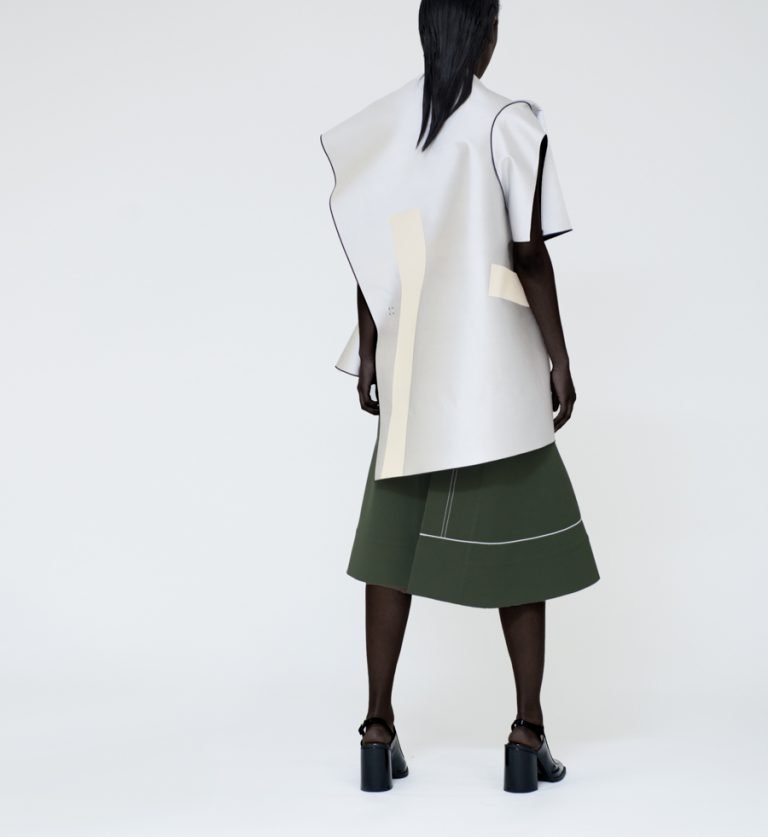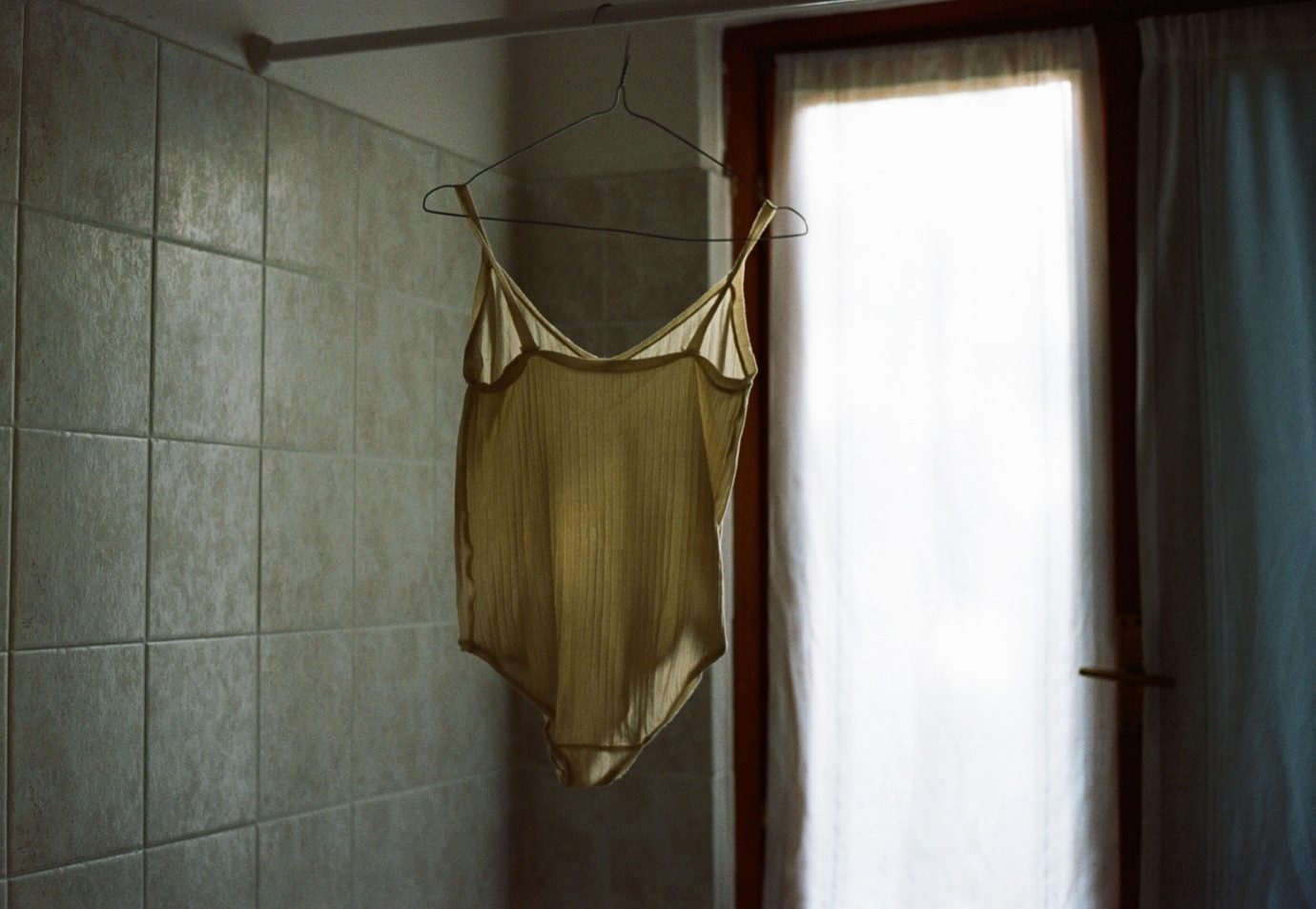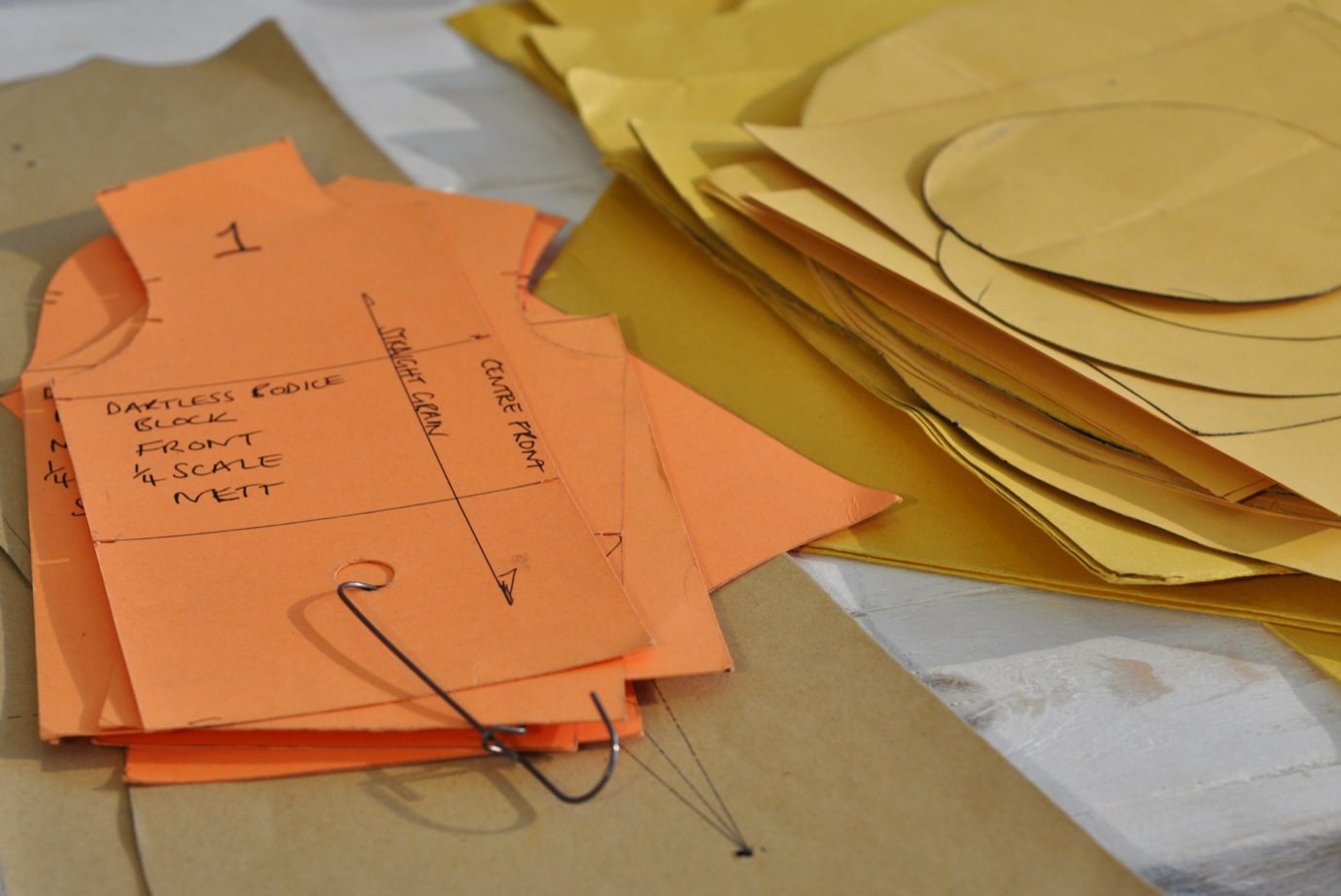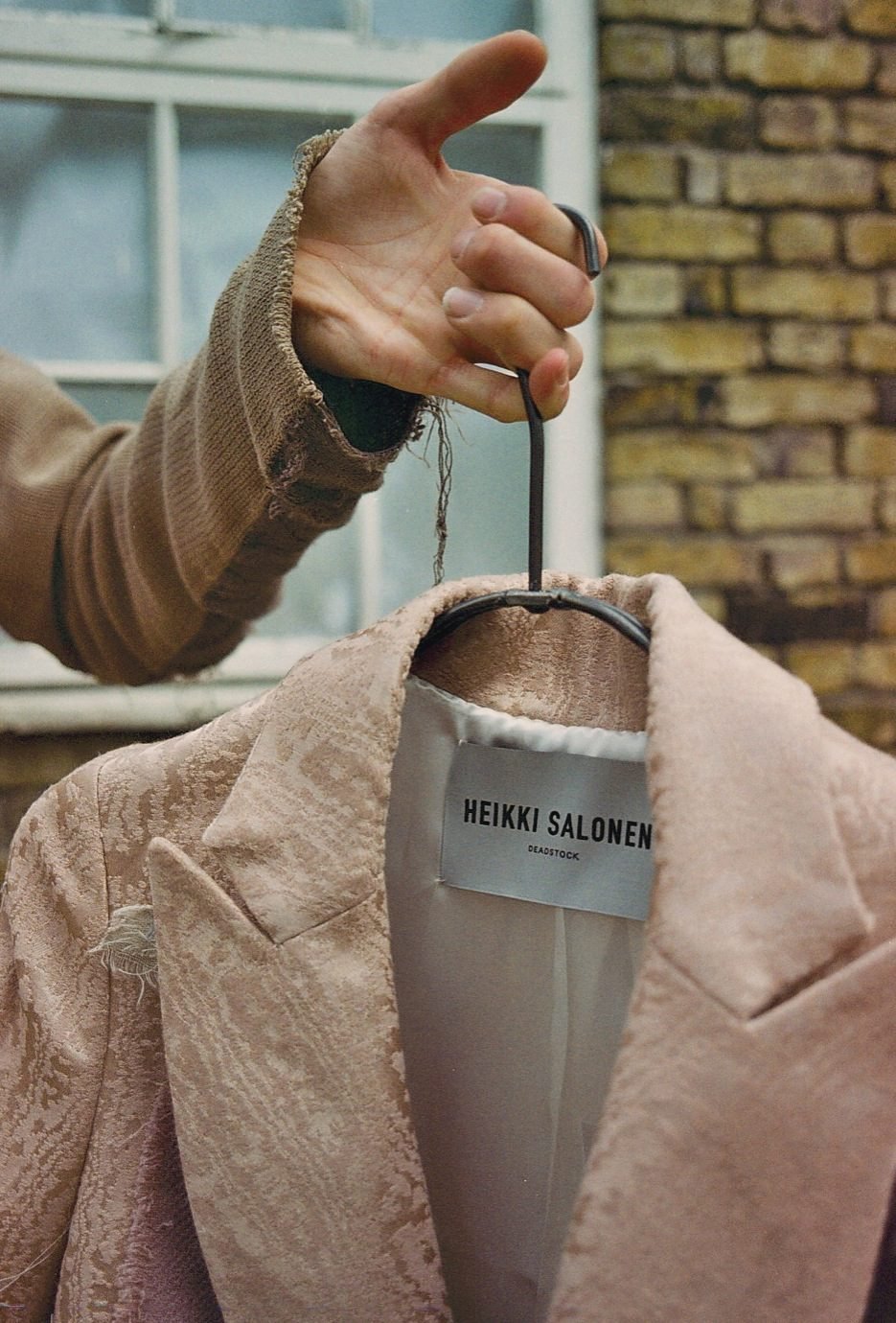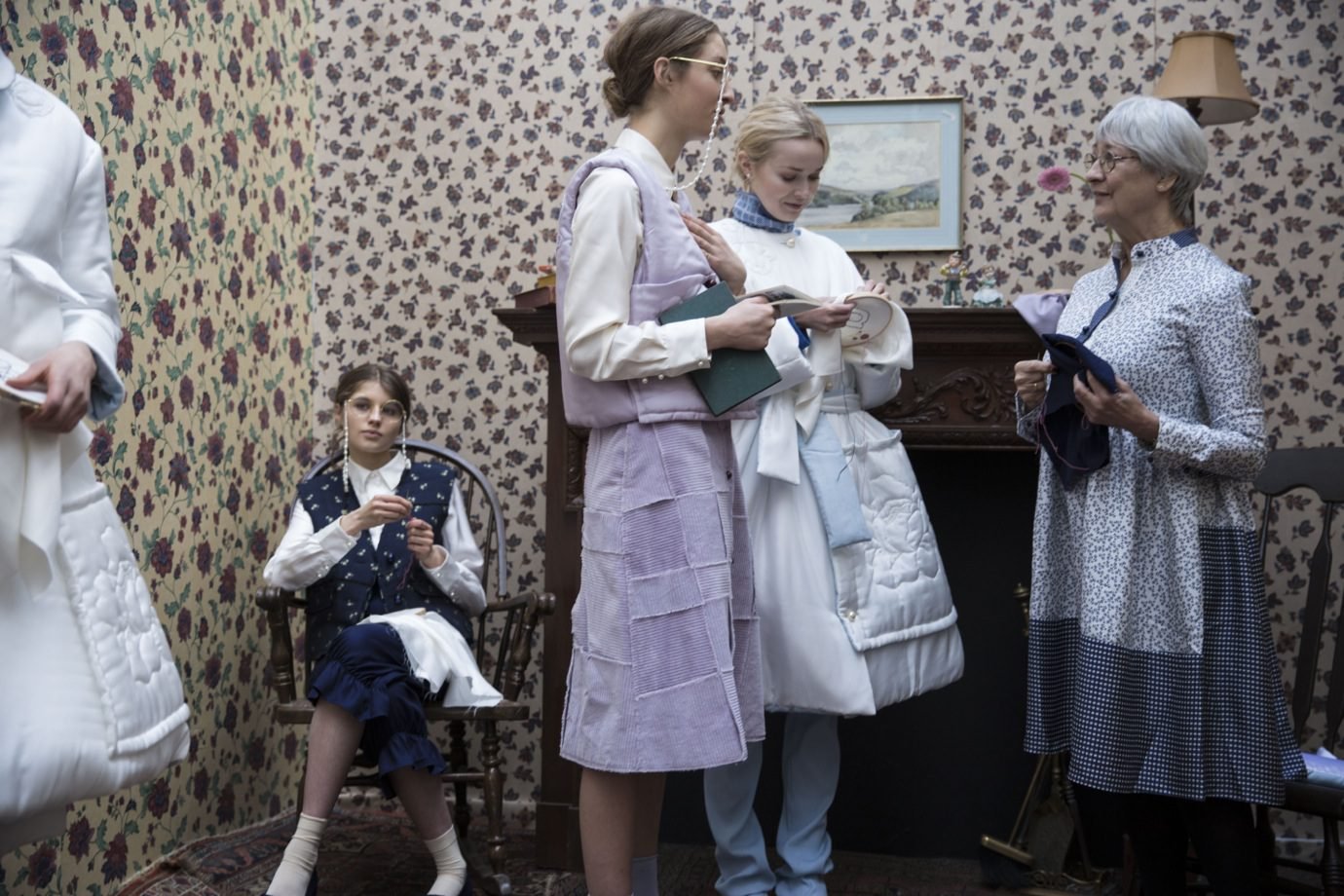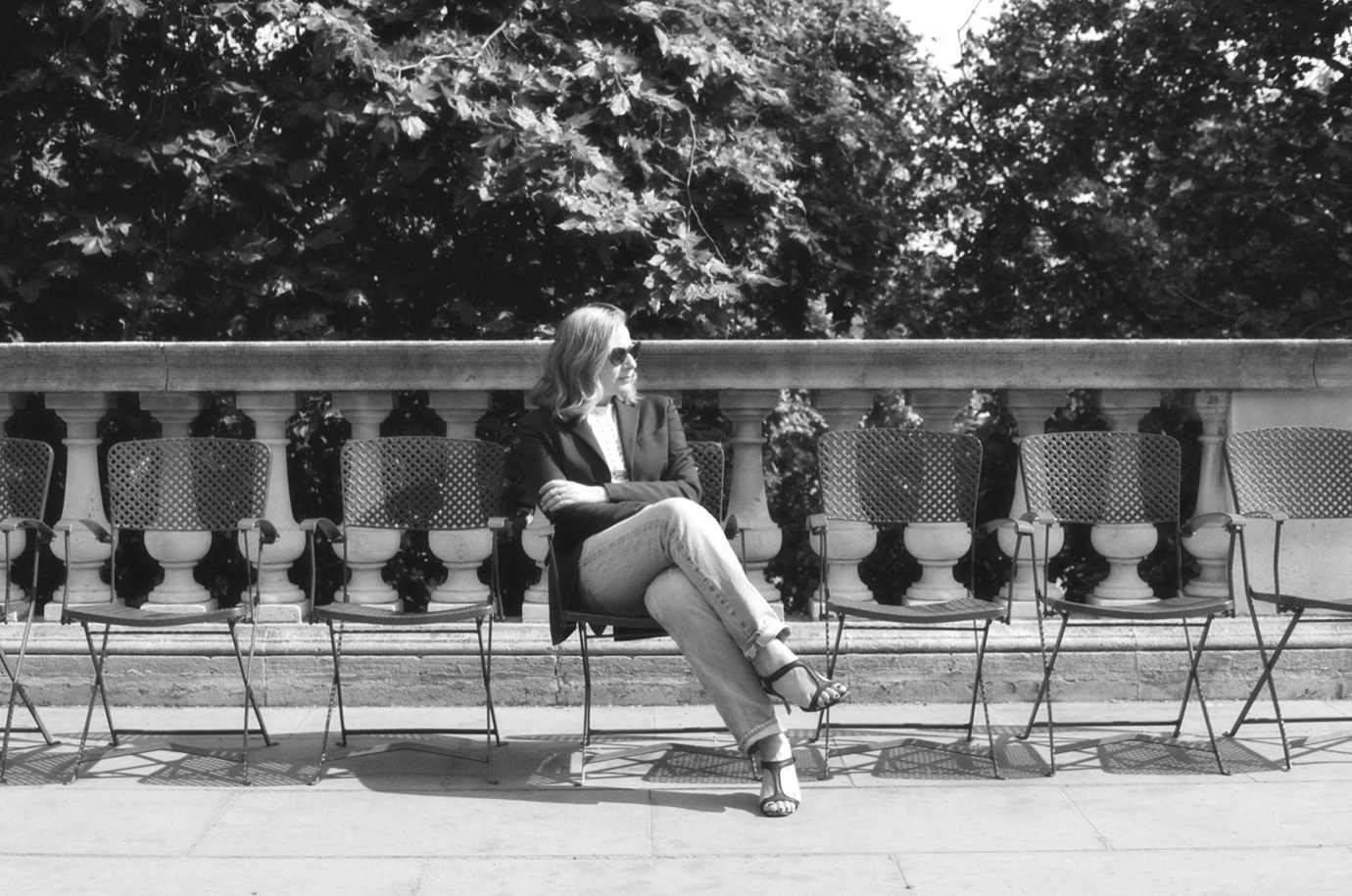“THE GREAT THING WITH PAINTING IS THAT THERE’S NO SPOKEN LANGUAGE INVOLVED. I RECENTLY STARTED MAKING FILMS, AND THERE ISN’T MUCH NEED FOR DIALOGUE THERE EITHER. IT FEELS UNNECESSARY, LIKE RAISINS IN BREAD.”
Could you say a couple of words about your practice, and your goals as an artist?
I work with painting, video, installation and performance. When I was a teenager in the 80’s, a Norwegian friend told me that when he listens to The Cure, he gets the urge to jump off a cliff. I love the naivety that lies in this statement. My work is looking at the intensity of that which is right in front of me, not what exists around the perimeter, and I try to visualize something which has been done thousands of times, in a way that still feels necessary. The world existed before me and I’m just reacting to it, in my time. In a sense, I see myself drawing a line from the classical period of ancient Greece to the everyday traumatic experiences of today. I think of art as a sort of labor, a blue collar sense of working, like my grandfather did at the railways.
You are a CSM alumni, what are your memories of the school? Do you have any specific vision of what an art school should or shouldn’t be?
It was amazing and horrible at the same time. The school seemed to lack any real structure. I remember mostly the other students, always buzzing with something up their sleeve, and the building itself, this empty house in the middle of Covent Garden. It seemed to be very much what London was about at the time. There was a sense that something was coming. The teachers wanted me to explain the reasoning behind whatever I was doing, and I remember I was yearning for some sort of gestural, expression-oriented work to counteract the pre-planned. This conditioned me in a certain way, but wanting something else has followed me to today.
You seem to be comfortable with a wide range of practices: art, fashion, curation. Do you perceive a clear boundary between these activities or do you see them as interconnected?
I think a lot of theories, structures and movements are collapsing constantly, and soon it will all be a massive soup of ideas of everything that came prior. It’s schizophrenic and messy. I love that. Going forward, I can’t imagine it going back to something singular again. I put my trust in the chaotic.
It’s all the same to me, it comes naturally and spontaneously. Energies from doing one project kickstart the next one, and so on. It’s not so much the media you work in, it’s what you want to say; that specific something that you want to look at through the work. I admire artists in history who embraced being only a painter, a sculptor or a video artist, but for me (and for a lot of artists before me) doing everything at once seems to make more sense — to represent something that is expanding instead of narrowing. It makes me look somewhere I’m not used to, instead of going down the same safe path. You can still think in very critical terms, and also be complex and focused.

